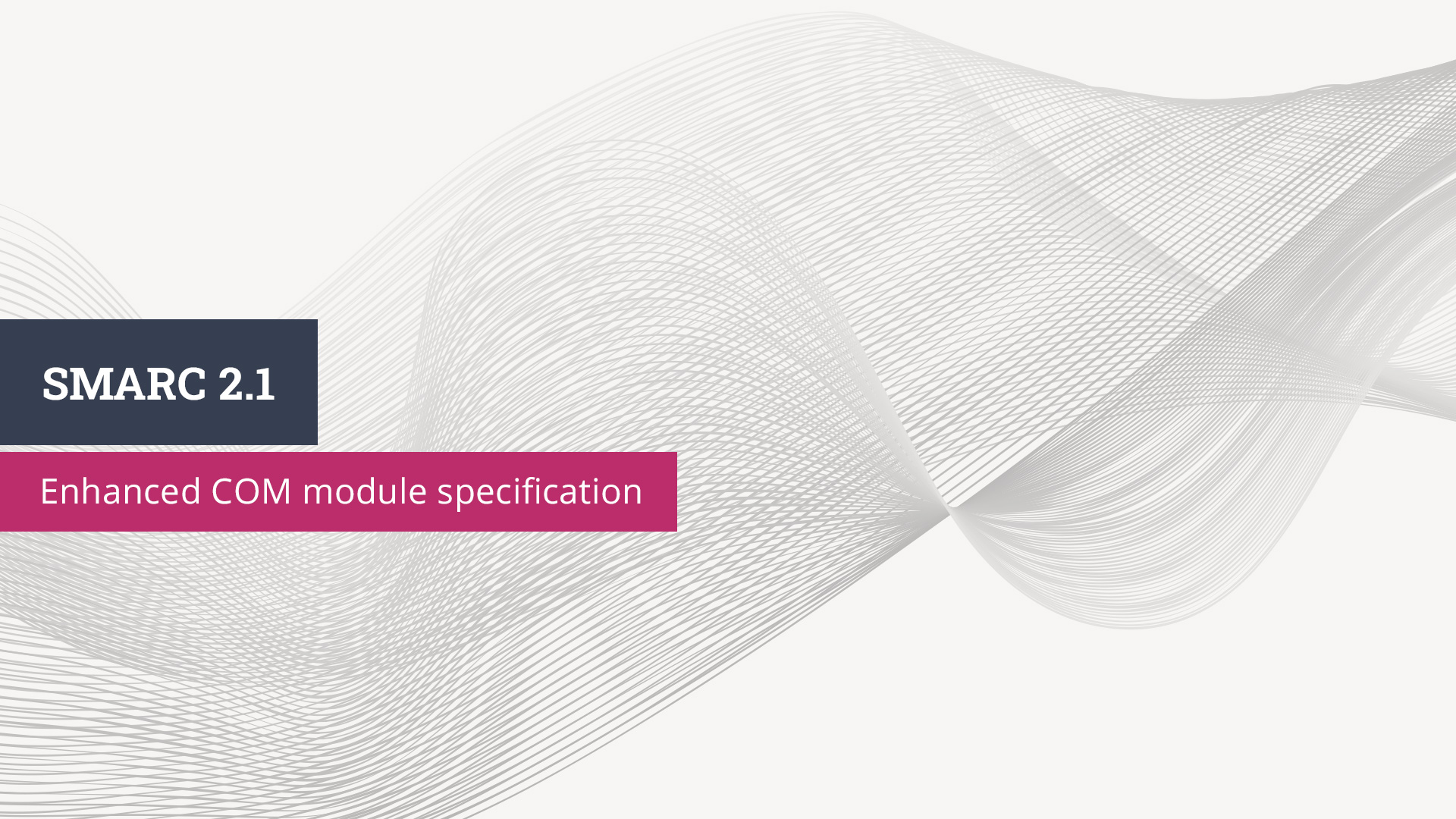SGeT, the Standards Group for Embedded Technologies e.V., updated the specification for its famous SMARC modules to support new features and interfaces while maintaining full backward compatibility to the previous version.
One of the major changes is to alternatively allow for SERDES signaling over the last two PCIe lanes. This will allow to add two extra ethernet ports or to connect high speed sensor data as proposed by the automotive industry alliance ASA.
The specification upgrade also closely follows the fast-growing trend of SOCs with integrated Neural Processing Units (NPU) and up to 4 CSI MIPI camera inputs. The specification update allows the SMARC COM (Computer on Module) specification to position itself as the preferred standard for scalable, silicon independent AIoM (AI on Module) solutions.
According to Martin Unverdorben, SMARC module Team Chairman, “New technologies and interfaces require updates to active and widely used specifications like the SMARC module. The SGET’s Standard Development Team (SDT) worked successfully with industry experts to enrich this leading embedded module standard to cope with advanced RISC and CISC microprocessor technologies. This protects the long-term investment companies make to use Computer on Module standards from SGET.”
The changes from rev. 2.0 to 2.1 include:
- Added SERDES as alternative function for PCIeC and PCIeD
- Incorporated Errata 1.1 Rev. 2 (2/9/2017) and updated signal tables
- Added details for eDP[0:1] _HPD
- Added MDIO Interface and two extra GPIOs
- Updated power domains and power sequencing
- Optional feature connectors to add 3rd and 4th CSI MIPI camera’s (AIoM)
“We not only worked on the features, but also on the readability and layout of the specification to make it simpler to find the information developers need to design carrier boards for SMARC modules.” says Christian Eder, editor of the SMARC module SDT.
In summary, the SMARC module 2.1 specification will help to standardize the highly fragmented and proprietary ARM COM market. “Almost 95% of these mostly silicon dedicated pinouts of other COM form factors are not “standards”, they are badly or not defined, highly propriety without peer review and constantly being modified. End users cannot find their way in this jungle and will welcome the SMARC module specification 2.1 as one of the best defined, detailed, silicon independent, future proof open specifications on the market”, says Henk van Bremen, a key contributor to the new release.
The SMARC module version 2.1 can be downloaded at:


